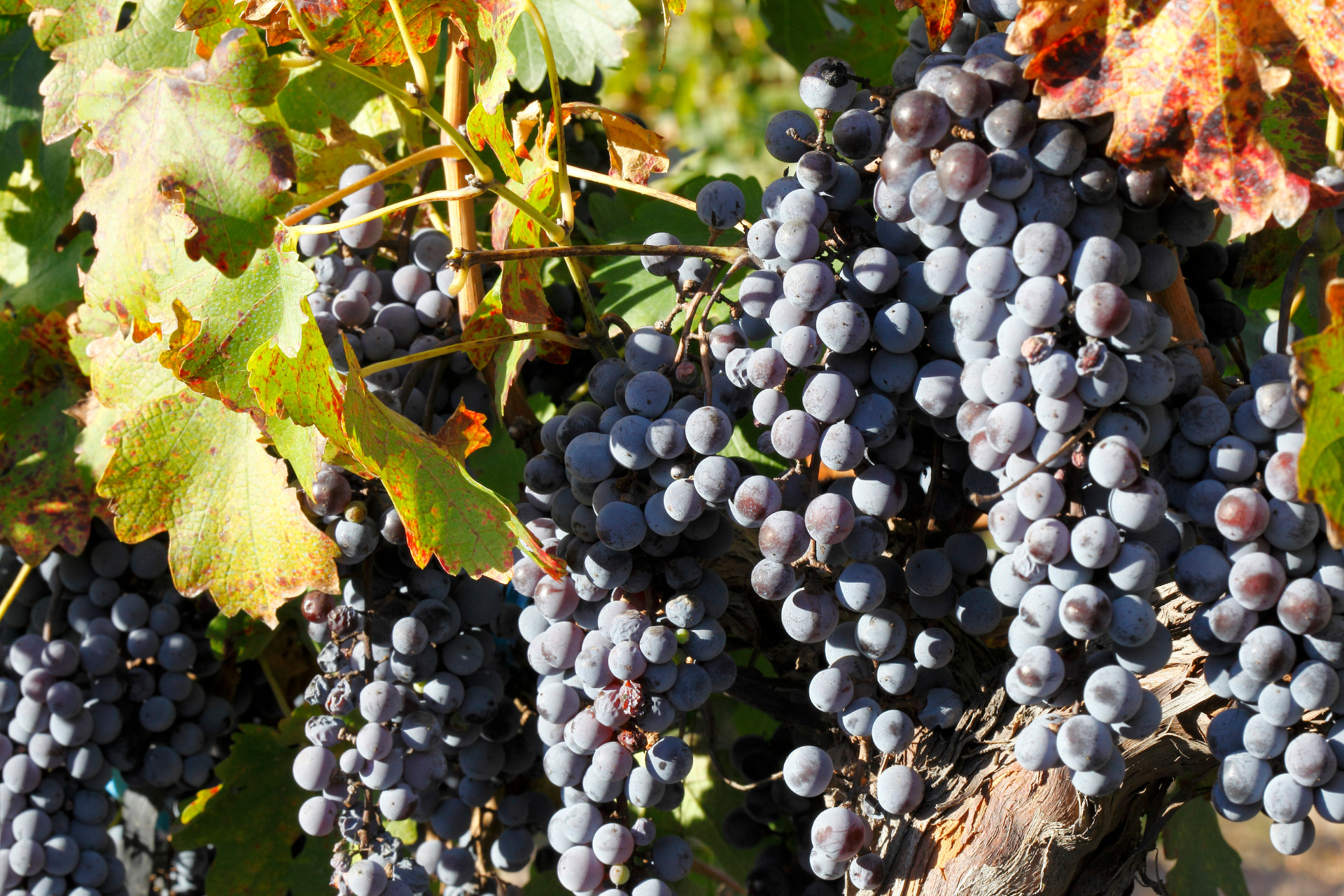Are Organic wines different from Preservative free wines?
Organic Wines vs Preservative Free Wines - Are they Different?

Yes, organic wines and preservative-free wines are different, although there can be overlap between the two categories.
Understanding their distinctions involves examining their production practices, use of additives, and certification requirements.
Key Differences Between Organic and Preservative-Free Wines
| Aspect | Organic Wine | Preservative Free Wines | |
|---|---|---|---|
| 1 | Use of Sulfites | Sulfites may be used in limited amounts depending on the region's regulations. | No added sulfites; only naturally occurring sulfites are present. |
| 2 | Farming Practices | Grapes must be grown using certified organic farming methods, avoiding synthetic pesticides, herbicides, and fertilizers. | Farming practices vary; may or may not use organic methods. |
| 3 | Certifications | Must adhere to strict certification standards (e.g., USDA Organic, EU Organic). | No formal certification is required; the term "preservative-free" is not regulated. |
| 4 | Winemaking Process | Focus on organic practices throughout production, including additives like yeast and fining agents. | Focus on avoiding preservatives like sulfur dioxide; other aspects of production are flexible. |
| 5 | Shelf Life and Stability | Generally more stable than preservative-free wines due to the controlled use of sulfites. | Less stable and more prone to oxidation or spoilage without added preservatives. |
What Are Organic Wines?
Organic wines are made from grapes grown in vineyards managed without synthetic chemicals, including pesticides, herbicides, or artificial fertilisers.
The winemaking process must also adhere to organic standards, which restrict or prohibit certain additives.
Key Features of Organic Wines:
Regulated Use of Sulfites:
- In the U.S.: USDA-certified organic wines must be entirely sulfite-free.
- In the EU and Australia: Organic wines can include small amounts of sulfites but must remain within strict limits (100–150 ppm, depending on the type of wine).
Certification:
Organic wines must be certified by a governing body, such as USDA Organic, EU Organic, or Australian Certified Organic.
Environmental Sustainability:
Organic winemaking practices prioritise soil health, biodiversity, and eco-friendly farming methods.
What Are Preservative-Free Wines?
Preservative-free wines are wines produced without the addition of artificial preservatives, particularly sulfur dioxide (SO₂).
These wines focus on minimising chemical interventions during winemaking.
Key Features of Preservative-Free Wines:
No Added Sulfites:
While all wines naturally contain trace levels of sulfites due to fermentation, preservative-free wines do not include added sulfites.
No Formal Certification:
Unlike organic wines, preservative-free wines are not governed by specific certification standards, though some winemakers may voluntarily follow organic or biodynamic principles.
Fragility:
Preservative-free wines are more delicate, requiring careful storage and quick consumption to prevent spoilage.
Overlap Between Organic and Preservative-Free Wines
While organic and preservative-free wines are distinct categories, they can overlap:
- Organic + Preservative-Free: Some organic wines are also preservative-free, particularly those certified under USDA Organic standards in the U.S.
- Natural Wines: Many natural wines combine organic farming with minimal-intervention winemaking and may also be preservative-free.
Choosing Between Organic and Preservative-Free Wines
Opt for Organic Wines if:
- You value environmentally sustainable farming practices.
- You’re comfortable with minimal sulfite use for better stability and aging potential.
- Certifications are important to you as a marker of authenticity and quality.
- Opt for Preservative-Free Wines if:
- You have a sensitivity to sulfites or prefer wines without added preservatives.
- You want to experience wines in their purest, most unaltered form.
- You are open to drinking wines shortly after purchase and prefer fresher styles.
Conclusion
Organic wines focus on environmentally conscious farming and production methods, allowing for minimal sulfite use under regulated limits.
Preservative-free wines, on the other hand, are defined by their complete absence of added sulfites, regardless of farming practices.
While these categories are not mutually exclusive, understanding their distinctions helps you make informed choices based on your preferences and priorities.
Wine and Cheese Affair News


